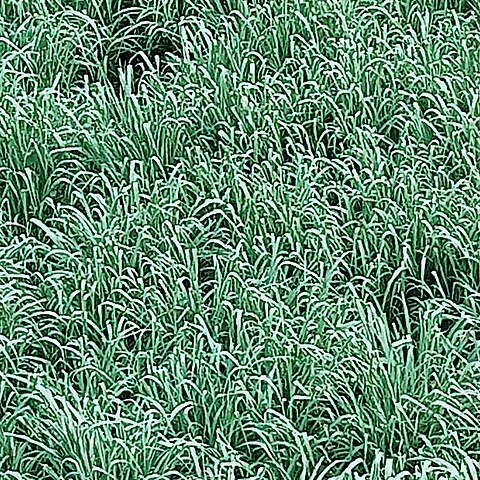A herb. It is a reed like plant. It keeps growing from year to year. It is 1.5-4 m tall. The leaves are narrow. The leaf sheath is angular and keeled. The leaf blade is 25-40 mm wide. The male and female parts of the flower are separate.
A herb


